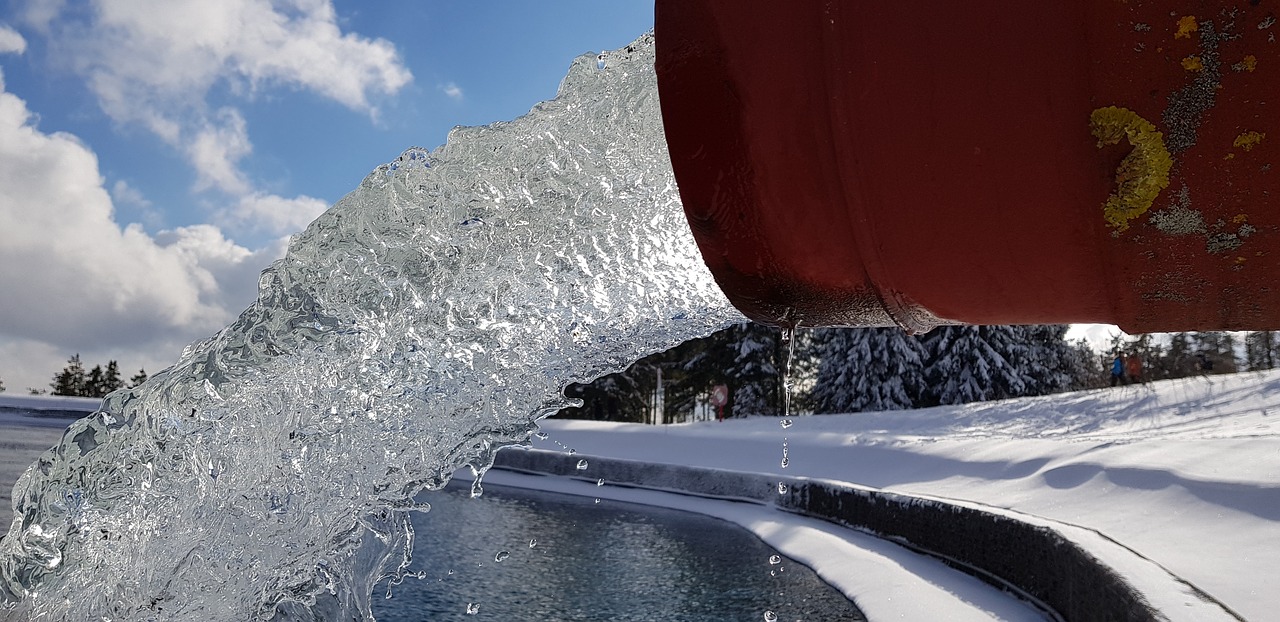
We have been told all our lives that drinking water is the key to a healthy lifestyle. From increasing energy to flushing out toxins, consuming water indeed provides many benefits in our daily lives and long-term futures. However, we should be wary of one common type of bacteria found in our drinking water – Legionella.
While this type of bacterium usually results in a minor infection called Pontiac Fever, Legionella exposure can develop into the more severe, pneumonic illness Legionnaires’ Disease.
The Legionella bacteria received its moniker in 1976. In Philadelphia, 4,000 members of the Pennsylvania State American Legion convened to celebrate America’s 200 year separation from Great Britain. For the Legionnaires that resided in the highly esteemed Bellavue-Stratford Hotel during this jovial occasion, a pneumonia epidemic broke out. Approximately 221 individuals had contracted the disease and 34 had died as a result.
Many people suspected terrorists spreading chemical mayhem. Others speculated toxic fumes from photocopy machines. Some imaginative individuals even claimed the sickness to be the beginning of extra-terrestrial warfare. In the end, a Center for Disease Control scientist managed to isolate the bacterium and identified it as Legionella pneumophila. The CDC theorized that the Legionella bacteria originated from the hotel’s air conditioning units cooling towers, but it was never confirmed due to the time lapse.
Since then, researchers have discovered that Legionella is a bacterium naturally found in freshwater bodies such as lakes and streams. In its naturally occurring concentrations, Legionella is generally harmless. However, this bacteria can proliferate in warm, stagnant, man-made water systems when poorly maintained.
Sources of Legionella include but are not limited to: showers, faucets, hot tubs, hot water tanks, heaters, cooling towers and plumbing systems.
Legionella is most commonly transmitted through inhalation of miniscule water droplets usually distributed by air conditioning and heating units. Infections can also occur when water is breathed in while drinking, and it “goes down the wrong pipe” into the lungs.
Legionnaire’s Disease is associated with symptoms such as diarrhea, fever, nausea, headaches, and confusion. Though this disease can be treated with antibiotics, the majority of infected people need hospital care in order to make a full recovery. For those who have contracted Legionnaire’s Disease, about 10% of them die from the infection. However, the non-pneumonic form, Pontiac Fever, requires no medical intervention.
Undertaking preventative measures is the best way to minimize harmful impacts of Legionella. Regular review and testing of any building’s water system will significantly help in reducing contaminants and upholding water quality. Since water is such an ubiquitous resource, it’s important to stay vigilant to avert serious outbreaks.
References:
Denenea, J. (2016, June 9). The History of Legionnaires Disease Cases and Outbreaks. Retrieved from www.thelegionnaireslawyer.com/history-legionnaires-disease
Centers for Disease Control and Prevention. (2016, May 31). Legionella (Legionnaires’ Disease and Pontiac Fever). Retrieved from www.cdc.gov/legionella/about/index.html
World Health Organization. (2017, November) Legionellosis Fact Sheet. Retrieved from http://www.who.int/mediacentre/factsheets/fs285/en/
Centers for Disease Control and Prevention. (2017, June 5). Developing a Water Management Program to Reduce Legionella Growth & Spread in Buildings. Retrieved from https://www.cdc.gov/legionella/downloads/toolkit.pdf


